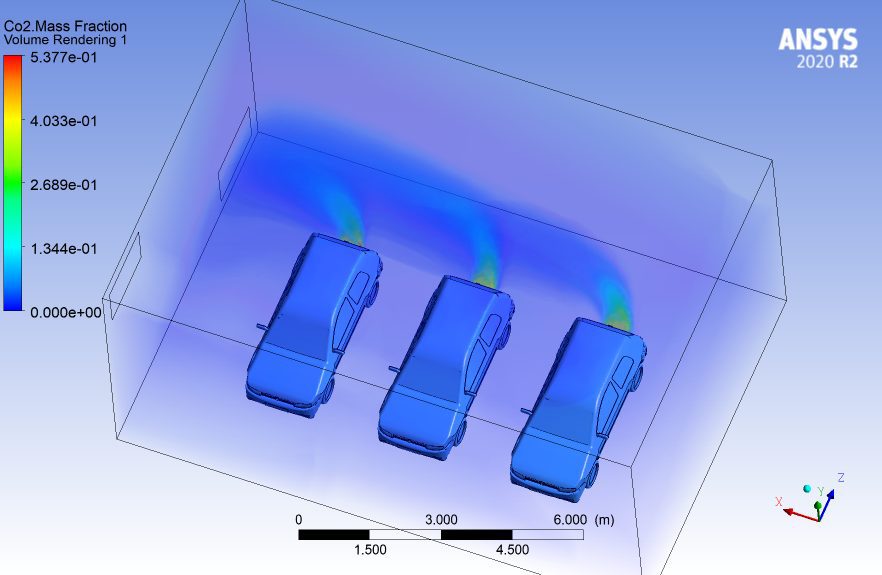Mechanical engineering is a dynamic field that constantly seeks innovative solutions to real-world problems. ANSYS, a powerful simulation software, has revolutionized the way mechanical engineers approach their projects. In this essay, we’ll delve into the realm of ANSYS projects for mechanical engineering, uncovering their significance, benefits, challenges, and practical applications.
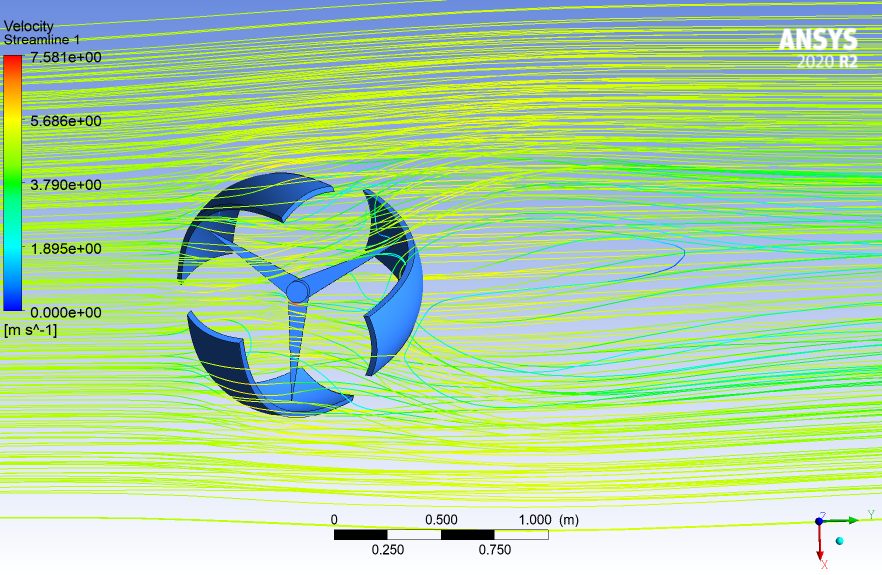
Introduction
Mechanical engineering is a dynamic field that constantly seeks innovative solutions to real-world problems. The role of a mechanical engineer is to design, analyze, and create systems and products that enhance our daily lives. From the tiny components of your smartphone to the massive structures of bridges and skyscrapers, mechanical engineering plays a crucial role. However, this process involves more than just sketching out ideas and building prototypes; it requires a deep understanding of how these systems will behave in real-world conditions. This is where ANSYS comes into play.
What is ANSYS?
In the ever-evolving landscape of mechanical engineering, the need for precise and efficient tools has never been greater. ANSYS, a powerful and comprehensive simulation software package, is at the forefront of empowering mechanical engineers to create and analyze virtual prototypes of their designs. ANSYS stands for “Analysis System” and is an engineering simulation software that enables engineers to model and test the behavior of physical systems. Whether it’s analyzing stress, simulating fluid flow, or assessing the thermal properties of a component, ANSYS offers a wide array of capabilities that make it an indispensable tool in the mechanical engineer’s toolkit.
Importance of ANSYS in Mechanical Engineering
ANSYS has become a linchpin in the world of mechanical engineering for several compelling reasons. One of the most significant advantages of ANSYS is its ability to optimize design efficiency. In traditional engineering practices, building and testing physical prototypes is costly and time-consuming. ANSYS alleviates this burden by allowing engineers to simulate and analyze various design options quickly and efficiently. This not only saves time but also significantly reduces costs. Moreover, ANSYS plays a pivotal role in ensuring safety.

By creating virtual prototypes and subjecting them to a wide range of conditions and forces, engineers can identify potential weaknesses and vulnerabilities, making products safer and more reliable. This is especially critical in industries such as aerospace, where safety is paramount. Additionally, ANSYS enhances the decision-making process, enabling engineers to make informed choices about design modifications, thus increasing product performance and cost-effectiveness. In a world where innovation and efficiency are paramount, ANSYS is a cornerstone in the field of mechanical engineering.
ANSYS Projects for Mechanical Engineering Students
Mechanical engineering students often find themselves at the intersection of theoretical knowledge and practical application. ANSYS projects provide the ideal bridge for these aspiring engineers to translate their classroom learning into hands-on experience. ANSYS projects offer students the opportunity to immerse themselves in the world of simulation and analysis, enabling them to solve real engineering problems. Stress analysis is one common type of ANSYS project, where students evaluate how various mechanical components respond to loads and forces. Through this, they can ensure that these components can withstand the intended working conditions.
Thermal analysis is another exciting area where students explore the impact of temperature variations on mechanical systems. This knowledge is vital for designing heat exchangers, engines, and other temperature-sensitive applications. Additionally, structural analysis projects delve into the behavior of materials and structures under different loads, which is crucial for designing safe and reliable structures. By engaging in ANSYS projects, students gain a deeper understanding of the practical aspects of mechanical engineering, which prepares them for a successful career in the field.

These paragraphs provide insights into the importance of ANSYS in mechanical engineering and how it benefits both professionals and students. The software’s capability to optimize design efficiency, ensure safety, and enhance decision-making makes it a valuable asset in the field. Additionally, ANSYS projects enable students to bridge the gap between theoretical knowledge and practical application, equipping them with essential skills for their future careers in mechanical engineering.
Benefits of ANSYS Projects
Engaging in ANSYS projects offers numerous benefits for both students and professional engineers. Perhaps one of the most significant advantages is the enhancement of problem-solving skills. ANSYS projects require individuals to identify complex engineering problems, apply the principles they’ve learned, and develop innovative solutions. This process fosters critical thinking and creativity, skills that are highly valued in the field of mechanical engineering. Furthermore, ANSYS projects provide real-world experience. Instead of relying solely on theoretical knowledge, students and engineers get hands-on experience with the software, allowing them to apply what they’ve learned to practical scenarios. This experiential learning is invaluable in bridging the gap between academia and industry.
From a career perspective, engaging in ANSYS projects can significantly improve job prospects. Employers in the mechanical engineering field highly value candidates who are familiar with simulation and analysis tools. Having ANSYS project experience on your resume sets you apart from other applicants and demonstrates your ability to tackle complex engineering challenges. Moreover, ANSYS projects contribute to innovation in mechanical engineering. By utilizing the software’s capabilities to optimize designs and solve real-world problems, engineers often make groundbreaking discoveries that advance the industry. Whether it’s developing more efficient engines, safer structures, or innovative products, ANSYS projects are at the forefront of innovation in mechanical engineering. In summary, the benefits of ANSYS projects are multifaceted, providing individuals with practical skills, improved job prospects, and the opportunity to be part of groundbreaking engineering advancements.
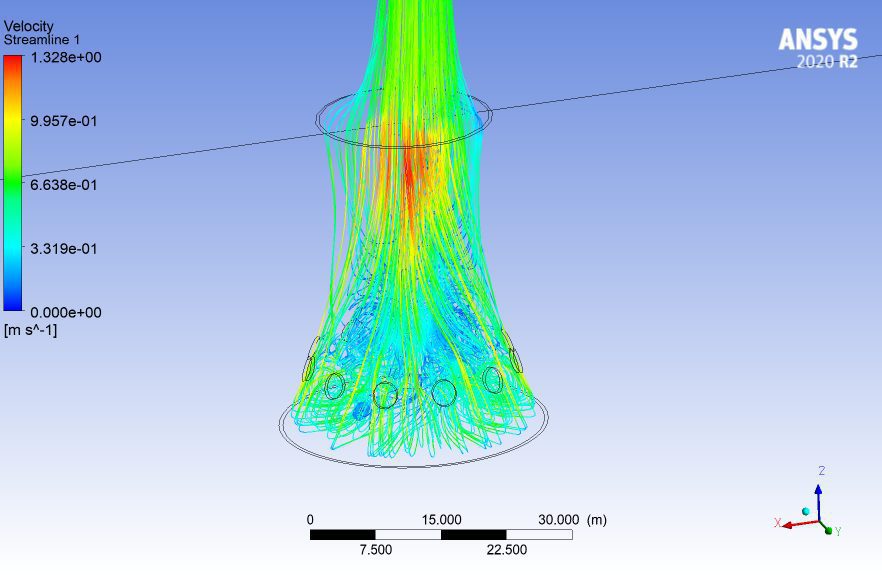
How to Get Started with ANSYS Projects
Getting started with ANSYS projects requires access to the ANSYS software, a computer with sufficient computational power, and a solid understanding of the software’s basics. Many universities and academic institutions provide access to ANSYS licenses for students. It’s recommended to check with your institution’s IT department or engineering faculty to see if they offer access. Additionally, ANSYS offers educational versions of its software, which can be used for learning and personal projects. These versions are often more affordable than professional licenses and provide a great starting point for students.
Once you have access to the software, the next step is to choose an ANSYS project that aligns with your interests and academic or career goals. Select a project that you are passionate about and that challenges your engineering skills. It could be stress analysis, thermal analysis, or any other topic that piques your interest. Additionally, you may seek guidance from professors, mentors, or online resources to help you get started. There are many tutorials and forums dedicated to ANSYS that can provide valuable insights and support as you begin your project. Remember that patience and persistence are key when learning any new software, including ANSYS. Start with simpler projects and gradually progress to more complex simulations as you gain confidence and expertise.
Key Steps in Completing an ANSYS Project
Completing an ANSYS project involves several key steps, each of which is critical for project success. These steps provide a structured approach to your project and help ensure that your simulations are accurate and meaningful.
Problem Identification
The first step is to clearly identify the problem you want to solve with ANSYS. This is a crucial stage of the project because it defines the scope and objectives of your simulation. Consider what specific aspects of the problem you need to analyze, what conditions you’ll be simulating, and what outcomes you want to achieve.
Pre-processing
Pre-processing involves preparing your model for simulation. In this step, you’ll create a virtual representation of your mechanical system. This includes defining the geometry, setting up boundary conditions, and specifying loads and constraints. You’ll need to input all the necessary data to accurately represent your problem. This step requires attention to detail to ensure your model reflects the real-world system.
Solving
Once your model is prepared, you’ll move on to the solving phase. This is where the actual simulation takes place. The software uses mathematical equations to calculate the behavior of your mechanical system under the specified conditions. Solving can be a computationally intensive process, especially for complex simulations. It’s important to have access to sufficient computational resources to ensure efficient solving.
Post-processing
After the simulation is complete, you’ll enter the post-processing stage. Here, you’ll analyze the results of your simulation. This often involves creating visual representations of the data, such as stress contours or temperature distributions. The goal is to interpret the simulation results and draw conclusions about how your mechanical system behaves. Post-processing is critical for making informed engineering decisions.
These key steps provide a structured approach to completing an ANSYS project. By carefully progressing through each stage, you can ensure that your simulation is accurate and meaningful, leading to valuable insights and solutions for your engineering challenges.
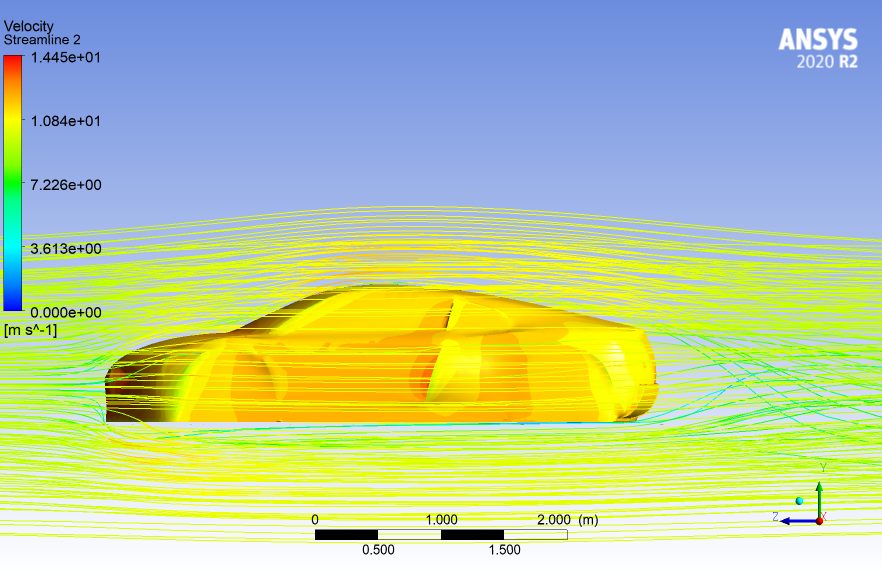
Real-Life Applications of ANSYS Projects
The impact of ANSYS projects extends well beyond the classroom or the research lab; it reaches into the real world and has significant applications in various industries. One prominent field where ANSYS projects are pivotal is the automotive industry. Here, ANSYS is employed extensively to optimize engine design, ensuring that engines are efficient and comply with emission standards. Engineers simulate various engine configurations to improve fuel efficiency and reduce emissions, a crucial consideration in the modern era. Additionally, ANSYS is indispensable in the aerospace sector.
Aircraft and spacecraft components are subject to rigorous testing, and ANSYS simulations play a critical role in assessing structural integrity, thermal performance, and aerodynamics. Ensuring the safety and reliability of these vehicles is paramount, and ANSYS projects help achieve this goal. The energy sector also benefits from ANSYS projects as engineers analyze the performance of renewable energy systems, such as wind turbines and solar panels. ANSYS simulations enable the optimization of energy generation and distribution, contributing to sustainable energy solutions. These are just a few examples, and ANSYS projects find applications in numerous other industries, providing valuable insights and solutions to complex engineering challenges.
Common Challenges in ANSYS Projects
While ANSYS projects offer exciting opportunities for learning and problem-solving, they are not without their challenges. One common challenge is the complexity of the software itself. ANSYS is a powerful tool with numerous features, settings, and capabilities, and mastering it can be a daunting task. Beginners may find themselves overwhelmed with the array of options and settings, making it essential to invest time in learning the software thoroughly. Another challenge is the requirement for substantial computational resources. Complex simulations, such as those in the aerospace or automotive industries, demand significant computing power.
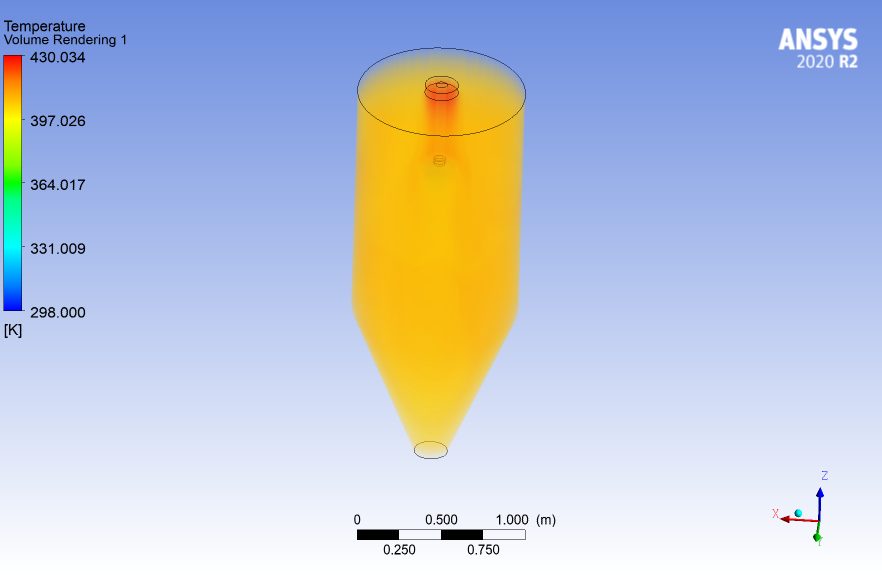
Not all individuals or institutions have access to high-performance computing clusters, and this can be a limitation when attempting large-scale simulations. Furthermore, ANSYS projects can be time-consuming. The process involves several stages, from problem identification to post-processing, and running simulations can take hours or even days. Patience is a virtue when working on ANSYS projects, as waiting for results can be a test of endurance. Additionally, the accuracy of simulations heavily relies on the quality of the input data. Any inaccuracies or discrepancies in the initial data can lead to unreliable results. Hence, careful data collection and model setup are crucial to the success of ANSYS projects. Overcoming these challenges requires dedication, continuous learning, and a focus on improving your skills with ANSYS.
Tips for Success in ANSYS Projects
Success in ANSYS projects is not solely determined by technical skills but also by a strategic and methodical approach. Here are some essential tips to ensure the success of your ANSYS projects:
- Master the Basics: Before delving into complex projects, ensure you have a solid understanding of ANSYS basics. Start with simple simulations and gradually progress to more challenging tasks. Online tutorials and courses can be invaluable in this process.
- Plan Ahead: Careful planning is vital. Clearly define the problem you want to solve, identify the simulation objectives, and outline the steps you need to take. A well-thought-out plan can save time and reduce errors.
- Seek Guidance: Don’t hesitate to seek guidance from professors, mentors, or experienced ANSYS users. They can offer valuable insights, troubleshooting advice, and recommendations for best practices.
- Attention to Detail: Pay attention to the details of your model setup. Even minor errors in boundary conditions or material properties can lead to inaccurate results. Double-check your inputs and ensure they are accurate.
- Patience and Persistence: Running simulations can be time-consuming, and results may not always be as expected. Maintain patience and persistence. Iterative refinement is often necessary to achieve meaningful results.
- Documentation: Keep a detailed record of your work. Document your steps, inputs, and results. This not only helps you track your progress but also aids in troubleshooting if issues arise.
- Collaboration: If you encounter challenges, don’t hesitate to collaborate with peers or colleagues. Multiple perspectives can lead to innovative solutions.
By following these tips, you can navigate the challenges of ANSYS projects more effectively and increase your chances of success.
Conclusion
In conclusion, ANSYS projects for mechanical engineering offer a gateway to innovation, learning, and problem-solving. The power of simulation and analysis cannot be understated, as it empowers engineers to make data-driven decisions and create reliable, efficient systems. The significance of ANSYS spans various industries, from automotive to aerospace, energy to manufacturing. ANSYS projects are instrumental in advancing these industries by optimizing designs, ensuring safety, and providing cost-effective solutions. For mechanical engineering students, ANSYS projects provide a unique opportunity to bridge the gap between theory and practice, gaining hands-on experience in a real-world context.
While ANSYS projects come with challenges such as software complexity, computational requirements, and time consumption, they are overcome through dedication and learning. The tips provided can guide individuals toward success in ANSYS projects, ensuring that they harness the full potential of this powerful software. As you embark on your ANSYS projects, you find yourself at the forefront of cutting-edge engineering solutions, contributing to the advancement of the mechanical engineering field.
These paragraphs explore the real-world applications of ANSYS projects, the common challenges faced, tips for success, and the conclusion that underscores the importance of ANSYS projects in advancing the field of mechanical engineering. They provide a comprehensive overview of the subject matter, its challenges, and the strategies for success.
